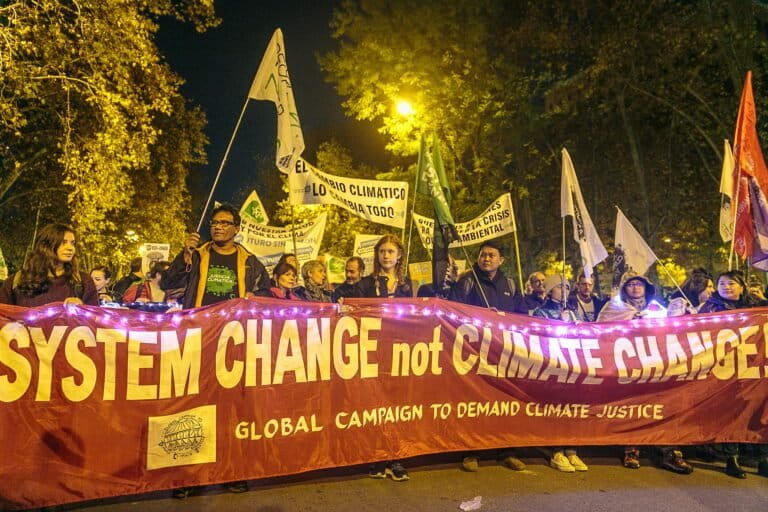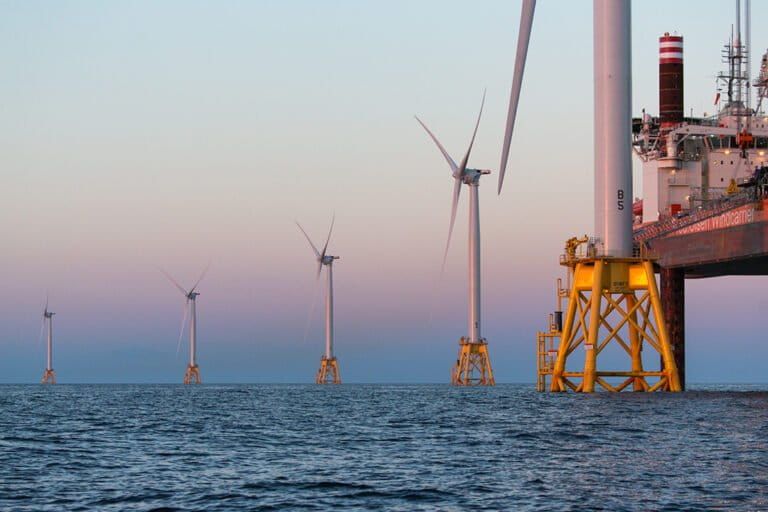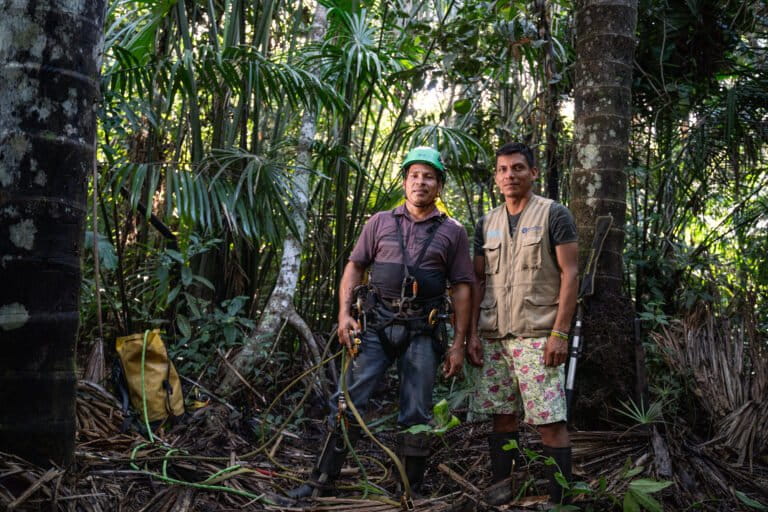- It is critical to win farmer support for strategies to address deforestation if they are to succeed; in Brazil, farmers are economically powerful, increasingly sophisticated as a political block, and they own or control half of Brazil’s native vegetation.
- They have grown weary of being vilified as criminals, of unmet promises of positive incentives for shifting to sustainable production systems, and of the chronic challenges of changing and inefficient regulations. To gain the support of conservation-minded, responsible farmers for the deforestation agenda, a new narrative and set of actions is needed that recognizes, applauds and rewards them for their efforts as it effectively includes them in dialogues.
- A shared agenda is needed between environmental groups and farm sectors in Brazil to help restore collaboration; there is strong potential to build that collaboration around core issues faced by the farm sector–transportation infrastructure and inefficient and changing licensing procedures.
- This post is a commentary. The views expressed are those of the author, not necessarily Mongabay.
Strategies for slowing deforestation in the Amazon region of Brazil appear to be weakening. The area of forest cleared in 2017, 6,947 square kilometers, was 50 percent greater than in 2012, 4,571 square kilometers. A strategy course correction is urgently needed to resume the slowdown in deforestation. In a previous Mongabay Commentary, we presented four suggestions for winning the critical support of regional governments in solving tropical deforestation. In this new Commentary, we shift the focus to the Brazilian farm sector.
Brazil’s entrepreneurial farmers
Brazil’s “entrepreneurial” farmers have been at the heart of this nation’s remarkable ascendency as a new global agricultural powerhouse. Many of these producers are members or descendants of farm families who, just a few decades ago, ran small farms of a hundred hectares or less in the agricultural south of Brazil—the states of Rio Grande do Sul and Paraná. They migrated to the Cerrado and Amazon regions lured by the promise of cheap land, cheap finance, and colonization schemes that promised technical assistance, roads, infrastructure and basic services. Some of these pioneer farmers failed; others scraped by; and others became quite successful.
Brazil’s entrepreneurial farmers are similar to the pioneer farmers that settled the prairies of the United States from the mid-1800’s to early 1900’s. In both cases, regions originally deemed to have little potential for agriculture—the prairies of the U.S. and the Cerrado of Brazil—went on to become globally-significant breadbaskets. In both cases, the frontiers were opened largely by rugged pioneers of modest means, many of whom were immigrants or descendants of immigrants from Europe.
This Commentary is about these entrepreneurial farmers. It is not about the smallholder farmers who live in Amazon agrarian reform settlements (assentamentos) or the land grabbers who clear forest and plant forage grasses primarily as a way of claiming land in the Amazon region.

Farmers are powerful
To solve tropical deforestation, it is far preferable to build alliances with Brazilian farmers than to work at odds with them. They are extremely powerful because of their vast and growing economic, cultural, nutritional, and political importance. They are also powerful because they control half of the native vegetation of Brazil on their farms and ranches and have the legal right to clear 21 million hectares of this vegetation. This conversion to cropland or pasture would raise property values by several billion dollars.
The soybeans, cotton, corn, sorghum, beef, poultry, pork, fish and numerous other products they grow and the secondary and tertiary industries that spring from this production represent one fourth of Brazil’s Gross Domestic Product and are responsible for a significant share of Brazil’s long-awaited economic recovery. Brazil’s phenomenal growth in soybean production, doubling in a decade to 117 million tons in the 2017/18 harvest has enabled emerging economies, led by China, to consume more meat and dairy products. Per capita consumption of meat in China is still only a small fraction of the consumption levels in Brazil and the U.S. As the world’s highest-quality, most productive form of vegetable protein, soybean is the ingredient of choice in animal ration, meaning that growth in milk, cheese, yogurt, chicken, pork, farmed fish and beef production depend on a large and growing supply of soybeans.
The expanding economic and nutritional importance of the Brazilian entrepreneurial farmer is now reflected in greater political power. One of the political blocks that represents farmers—called the Frente Parlamentar da Agropecuaria (FAP, often referred to as the bancada ruralista)—is now the largest in the Brazilian congress. The diverse political amalgam of interests represented by the bancada ruralistas includes entrepreneurial farmers, but also those who own or claim land but are not producers.
A more focused and disciplined advocacy force is exemplified by Aprosoja, the leading organization representing soybean and corn producers and a staunch defender of agribusiness interests. Born in Mato Grosso through a fee on soy production, Aprosoja Mato Grosso enjoys a hard source of revenue that grows as production increases. Aprosoja has now been replicated in eight soy-producing states (although without the finance mechanism) operating under a national organization. Aprosoja gets results. It recently forged an agreement with the Panama Canal Authority to facilitate soy shipment to Asian markets.
The level of organization and power of the Brazilian farm sector was tested and expanded through the Forest Code debate of 2010 and 2011—a battle that exacerbated the polarization between the environmental and farm sectors. The failure of the environmental community to appreciate the real challenges of complying with the Forest Code—many of which were no fault of the farmers—contributed to this polarization and helped galvanize the power of the ruralistas.
One of the unifying narratives of the farm sector that grew stronger through the Forest Code debate was that international concerns about Brazil’s deforestation are a thinly veiled plot to protect American and European farm sectors from the competition presented by Brazilian exports. This narrative was reinforced by reports such as “Farms Here, Forests There” (where “there” refers to Brazil)—a U.S. environmental NGO report designed to garner U.S. farm sector support for international offsets for REDD+ in the cap-and-trade bill that had passed the House of Representatives.
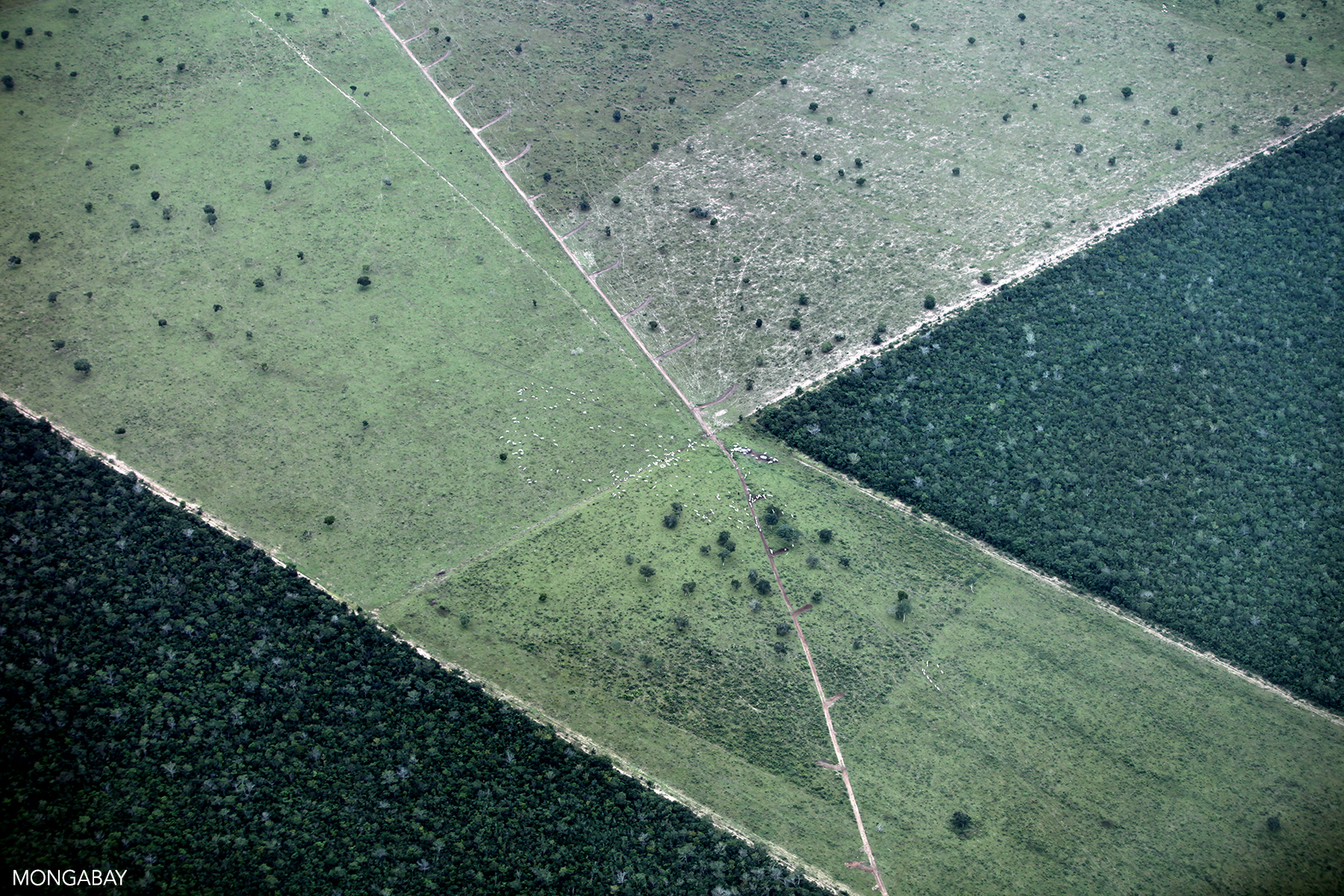
Farmers are frustrated
There are signs of a growing backlash against strategies to end deforestation in Brazil that are seen in the ruralista proposals to scale back conservation areas in the Amazon, weaken environmental licensing processes, and in the election of leaders of farm sector organizations that do not endorse the “sustainability” agenda. This is a powder keg that deserves careful attention. If the ruralistas become more radicalized, they could decide to take on the core of the Forest Code—the mandatory limits on forest or woodland conversion to crops and livestock on private farms. These limits survived almost completely intact in the New Forest Code of 2012, but could become vulnerable.
Brazilian farmers are required by law to keep more of their properties under protected forest than any farm sector in the world. And this requirement is still unaccompanied by positive incentives, even though the 2012 revisions of the Forest Code provide a legal framework for creating these incentives (Article 41). In the U.S. and Europe, on-farm conservation is paid for by the government. It is hard to imagine farmers in France, the UK or Iowa tolerating uncompensated set-asides of their farms for the public good.

Winning farmer support for the low deforestation agenda: three steps
.We highlight three ways—among many—to win farmer support for the deforestation agenda. Farm sectors contain a broad range of producers and actors who hold a great diversity of perspectives. The real near-term opportunity in Brazil is to win the support of the conservation-minded, responsible farmers, many of whom may have turned their backs on the deforestation agenda in recent years.
1. Recognize and reward conservation-minded, responsible farmers.
In the last U.S. presidential election campaign, in 2016, candidate Hillary Clinton referred to her rival Donald Trump’s supporters as “deplorables”. This comment—expressed during a campaign speech—was used by the Trump campaign to convince voters that Clinton was elitist and out-of-touch with working-class Americans. It may have pushed voters who were still undecided on who to vote for, and who assumed that Hillary was talking to them, over to Trump. It is hard to see what benefit Clinton gained by characterizing a group of voters in this way.
The narrative that has developed around Brazilian farmers has some parallels to Clinton’s comment. Farmers are often called devastators and criminals who clear land with forced labor. The term ruralistas carries the same pejorative connotations. And just to be clear—there are plenty of farmers who are all those things.
The important point, however, is that there are many farmers who have struggled to comply with the law—against formidable obstacles. And there are certainly many farmers who farm or raise cattle because they love nature. To solve tropical deforestation, we need effective mechanisms for winning the support of these responsible, conservation-minded farmers. Like Clinton’s comment, there is nothing to be gained and much to be lost by demonizing or vilifying farmers as if they were card-carrying members of a single homogenous, “deplorable” group of people.
A narrative and real actions on the ground are needed that send the signal to responsible, conservation-minded farmers that they are recognized and will eventually see benefits for their commitment and progress on their farms.
To illustrate what this narrative and set of actions can look like, we call attention to the Aliança da Terra—the “Land Alliance”—an “NGO of farmers” founded in 2004 to support Brazilian farmers dedicated to sustainable farm production systems. More than a thousand farms totalling four million hectares have joined Aliança da Terra by making voluntary commitments to improving the sustainability of their farms, investing millions of dollars to meet these commitments. Aliança da Terra established an annual award for Brazil’s top three producers and continues to fight to find incentives to reward farmers who are making real progress in the transition to sustainable production.
2. A seat at the table
Many farmers we have talked with are also exasperated that they don’t have a seat at the table for the dialogues that have important consequences for them as private landholders and producers. And when they do have a seat at the table, they are frustrated that their core concerns are not taken seriously. Aprosoja left the Roundtable for Responsible Soybeans (RTRS) in 2009 when the sustainability standard of the RTRS was completed, but a mechanism for covering the costs of certification was still not in place.
The success of strategies to solve deforestation in the Cerrado region will depend upon effective inclusion of farmers. Aprosoja, for example, didn’t support the Brazilian Soy Moratorium, but they also didn’t fight it because the stakes were quite low—few soy farmers in the Amazon have forests that can be legally converted to cropland. In the Cerrado, the stakes are much higher—farmers have large areas of Cerrado vegetation that they could legally clear.
When farmers read in the paper that the company that buys their soybeans will no longer do business with them because they have cleared forests recently, even if that clearing was conducted in full compliance with the law, they feel disenfranchised. The ruralista narrative that the zero deforestation agenda is protectionism begins to resonate with these producers.
Farm sectors participated in the Mato Grosso “Produce, Conserve, Include” Strategy, launched in 2015, giving this plan a much higher level of credibility and feasibility than processes that exclude them. The Mato Grosso PCI Strategy—if it works—would mean that a 900-thousand square kilometer State that produces 9 percent of the world’s soybeans would achieve zero net deforestation with a minimum of 60 percent of the native forest still remaining, avoiding 4 billion tons of forest CO2 emissions.
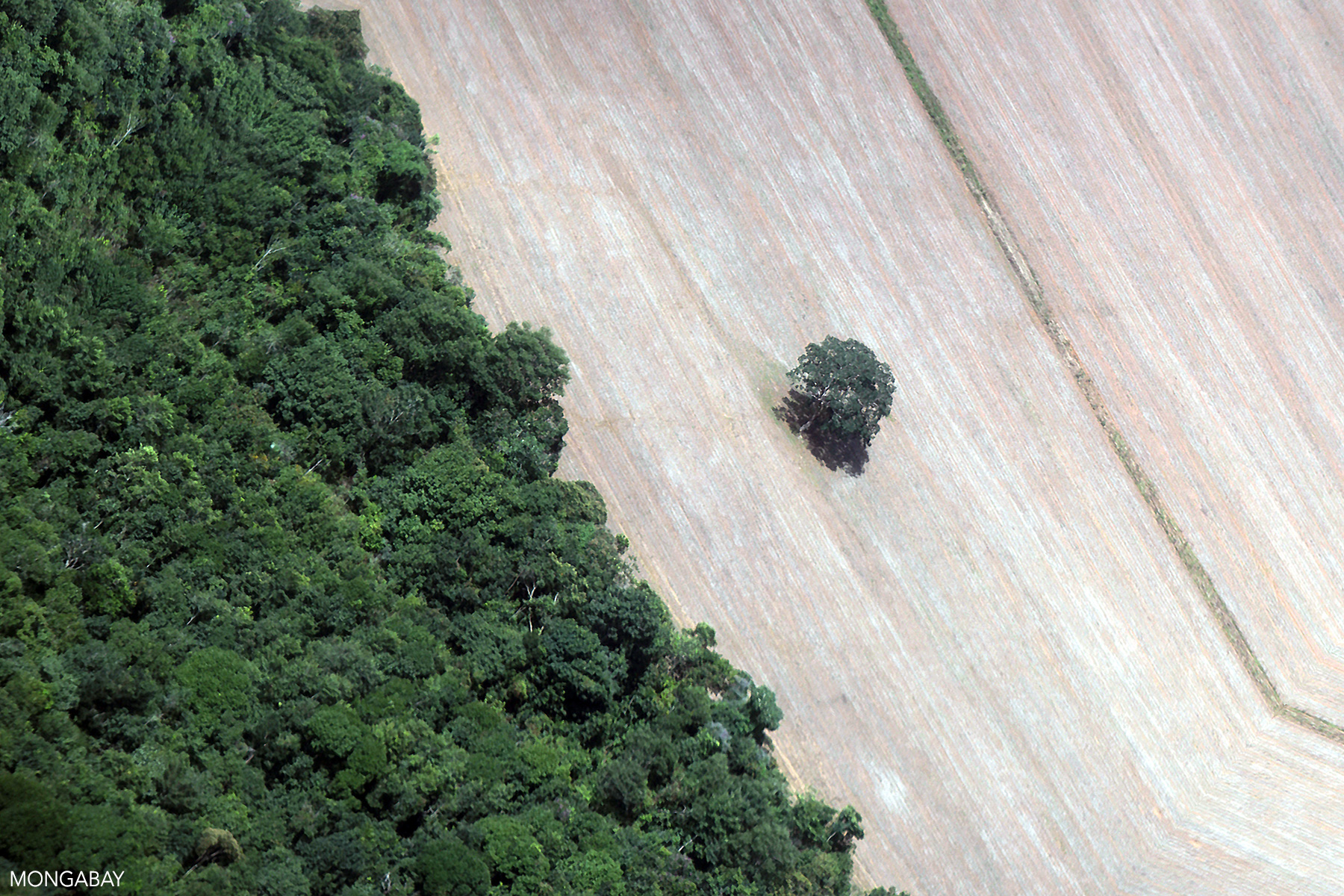
3. Creating a common ground of collaboration: redtape and infrastructure
Rewards for responsible farmers who are making the transition to sustainability can take a wide variety of forms, but today these rewards are extremely scarce. There is a shortage of “carrots”, or positive incentives. Price premiums and other positive incentives for sustainably produced, certified commodities are just one of many types of carrots. When we talk with Brazilian farmers, two issues inevitably rise to the surface: infrastructure and bureaucracy. These issues represent opportunities to deliver incentives to farmers who are on the pathway to sustainability without invoking major new flows of capital.
Brazil is among the worst places in the world to do business, ranked 125th behind Swaziland, Malawi, and Zambia according to the World Bank’s “Doing Business” index.
Environmental and social “licensing” of farms is one expression of Brazil’s excessive bureaucracy that provides an opportunity to deliver benefits to responsible farmers. The goals of licensing are extremely important—sound environmental management, worker safety, and worker health. The mechanisms in place for achieving these goals are unnecessarily complex and bureaucratic. Equally problematic is the lack of consistency of these regulations—they change frequently.
There is a legitimate desire among farmers to make the licensing system more efficient, streamlined and consistent. An integrated, results-oriented licensing system could be developed for farms that meet a simple set of criteria for sustainability and good labor practices. Efficiency could increase as farms demonstrate progress.
Farmers also face costly deficiencies in roads and ports, and the large distances that agricultural commodities must be transported to reach markets amplify these deficiencies. A shared agenda of environmentally-friendly infrastructure that lowers transportation costs of responsible farmers while reinforcing social and environmental safeguards and progress in slowing deforestation, could also tilt the playing field to favor the responsible, conservation-minded farmers who have turned their backs on the environmental agenda. In one scenario, for example, the transportation cost savings of new transportation corridors could be passed along to farmers in high-performing municípios that are slowing deforestation and addressing other dimensions of sustainability.

Conclusion:
Brazil’s entrepreneurial farmers are powerful enough to stop and reverse this nation’s important progress in slowing deforestation. However, the current narrative surrounding tropical deforestation continues to demonize farmers as if they were a homogenous block of “deplorables”, undermining opportunities for winning their support. A more nuanced approach would focus on building a common agenda that addresses core issues faced by the Brazilian farm sector—including excessive bureaucracy and inadequate transportation infrastructure—winning support of responsible, conservation-minded producers.
Citations
-
[1] Soares-Filho, B. et al. 2014. Cracking the Brazilian Forest Code. Science, 344, 363-364.
[2] See estimate for Amazon in Nepstad et al. 2009. The end of deforestation in the Brazilian Amazon, Science 326: 1350-1351.
[3] See Nepstad, D. and J. Shimada. In press. Soybeans in the Amazon and the case of the Brazilian Soy Moratorium. World Bank.
[4] See, for example, Stickler et al. 2013. Phil. Trans. Royal Society; one example of the challenges faced in complying with the Forest Code is the changes in the “legal reserve” requirement. For example, in the transition forest region of the Amazon in Mato Grosso, the Legal Reserve requirement went from 50 percent to 80 percent in 1996, back to 50 percent in 2000, then back to 80 percent in 2005.
[5] Friedman, Shari, 2011. Farms Here, Forests There: Tropical Deforestation and US Competitiveness in Agriculture and Timber. David Gardiner and Associates.
[6] Reviewed in Shimada, J. and D. Nepstad, in press. Beef in the Brazilian Amazon. World Bank.
Daniel Nepstad is Executive Director and Senior Scientist at Earth Innovation Institute. João Shimada is Research Associate at Earth Innovation Institute.








